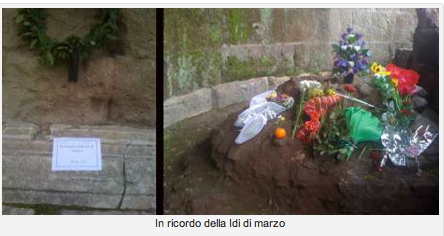If you have ever used a refrigerator, flicked on an air-conditioner or strolled the freezer aisle in a grocery store in the U.S., you are guilty-by-unavoidable-association of helping to warm the world through F-gas-driven cooling.
It is a very big deal. F-gases account for 17% of the world’s global warming impact, says Larkin. “That’s not annual emissions. That’s cumulative impact.” In other words, they tend to hang around in the atmosphere. The story gets even more jaw-dropping when when you learn that not only are there alternatives, but they been tested and used by hundreds of millions of people in other countries for the last 20 years.
What gives?



















